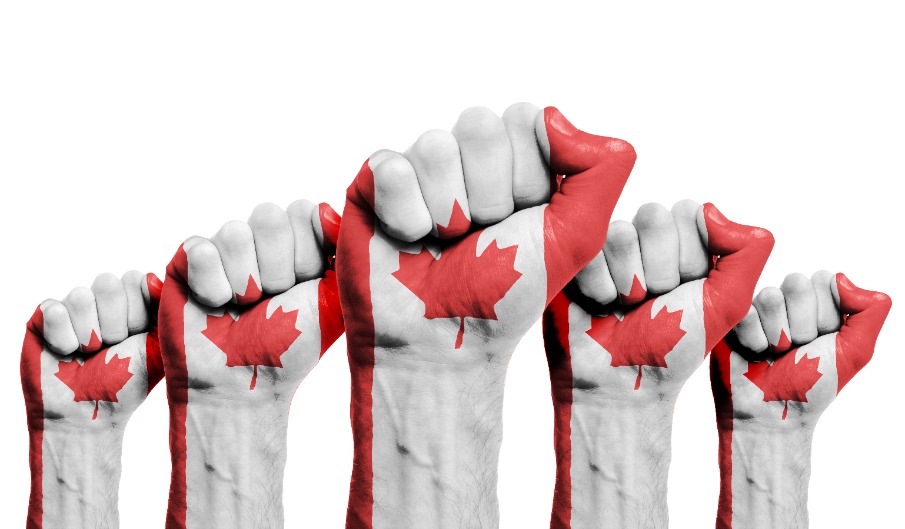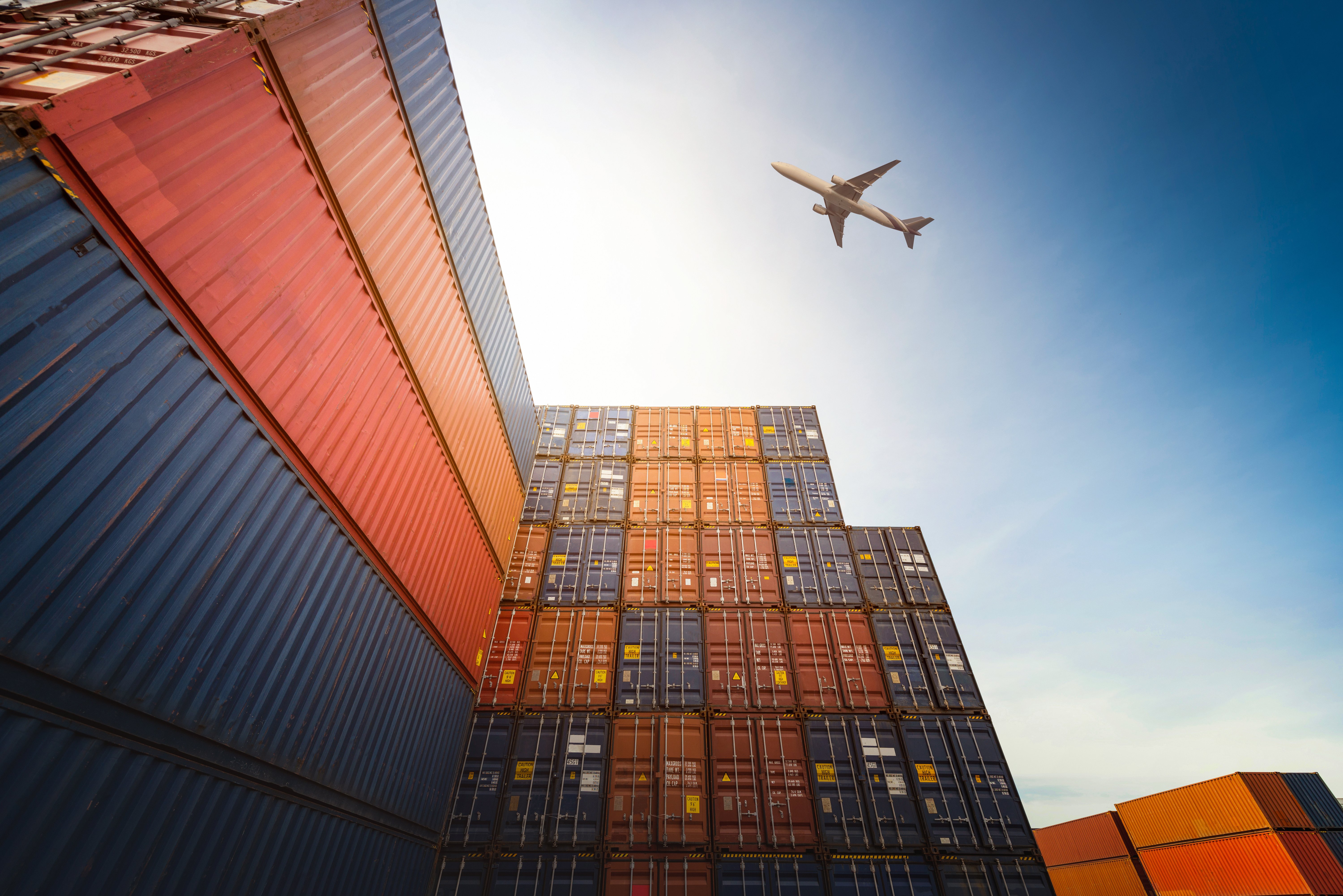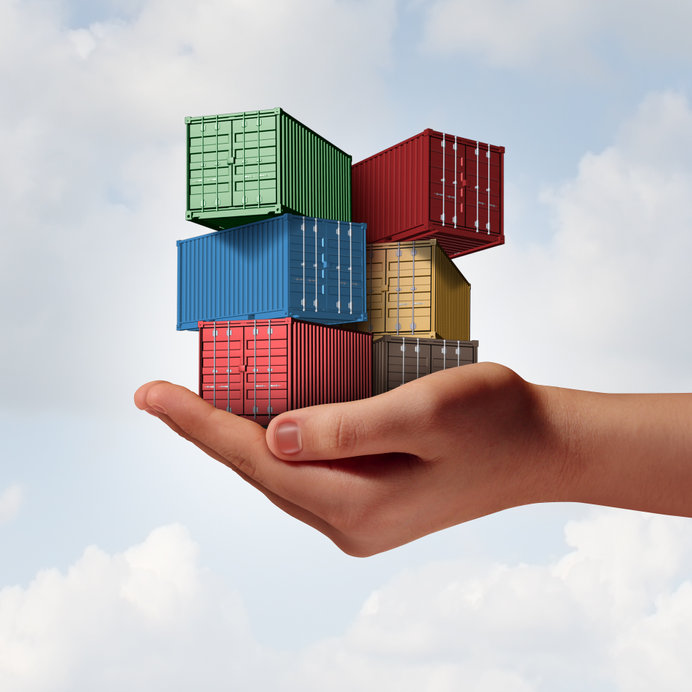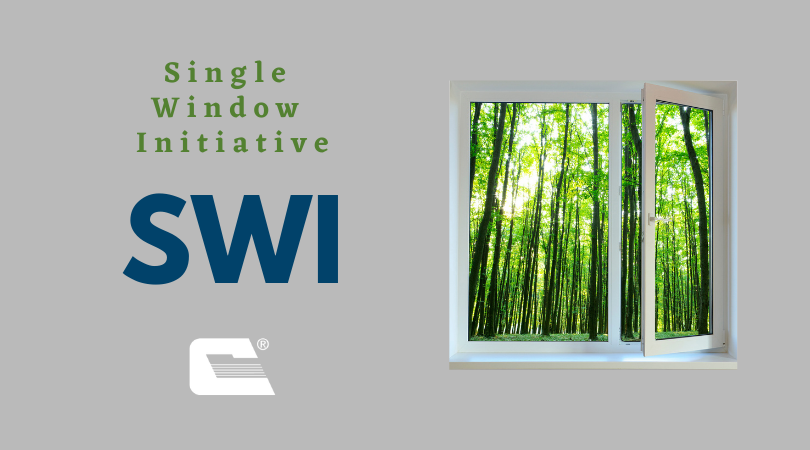CBSA Importer Reviews. Are you at risk?

Normal value reviews are critical in maintaining and enforcing Canada’s regulatory framework for importing goods. Importers must stay aware of CBSA importer reviews in their sector to avoid unexpected liability for specific goods imported from some countries.
What is a U.S. Customs bond for importers?

A U.S. Customs bond is a crucial part of engaging in trade with the United States. Securing the right type of customs bond will help importers streamline operations and prevent financial and regulatory risks associated with cross-border shipments.
What's the UFLPA for U.S. imports?
.jpg)
One of the most significant changes in international trade includes regulations designed to curb imports created by forced labor. Companies must comply with the Uyghur Forced Labor Prevention Act (UFLPA) to avoid penalties enforced by the U.S. Customs and Border Protection (CBP).
Looking ahead to 2023: thoughts and opinions from Cole International's team

If the last three years have taught us anything, it’s that flexibility, resilience, and learning to navigate change and make swift decisions have become the norm in the logistics industry. Our core department leads share their take on the state of things as we enter a new year.
Canada's forced labour policy: Are your imports at risk?

It’s easy to feel like the landscape of policies and procedures when it comes to trade between nations is always shifting beneath us. It can be difficult to stay on top of every change, so knowing which changes apply directly to you as a company is always a good first step. Whether you import from the U.S. or other.
Valuation of goods: know what's included to ensure accurate reporting

The reality of being audited as an importer is not one to dismiss or think only happens to “other importers.” In the event you are audited by CBSA, are you aware of everything that is included in the valuation of your goods? If not, you may not be reporting additional costs accurately.
CBSA Verification Priorities: July 2022

Are your goods on it? The Canada Border Services Agency (CBSA) targets specific industries and products for extra attention at the border to ensure importers are compliant with requirements for tariff classification, product valuation and country of origin.
Is your import business at risk? How to tell (and what to do about it)

What kinds of risks are there? We recently covered the opportunities available for importers. Now it’s time to dig into the potential risks. Risks in import businesses fall into four categories:
Importing wood products 101

Wood products like timber, cork, wallpaper, and books account for 14% of U.S. imports from Canada. Canada is the United State’s main supplier of wood.
Getting comfortable with Single Window Initiative (SWI)

SWI (Single Window Initiative) has changed the way importers in Canada submit their information to CBSA. Our Survival Guide series digs into the PGAs (participating government agencies) and the requirements for specific programs—but here’s a refresher on all things SWI.
